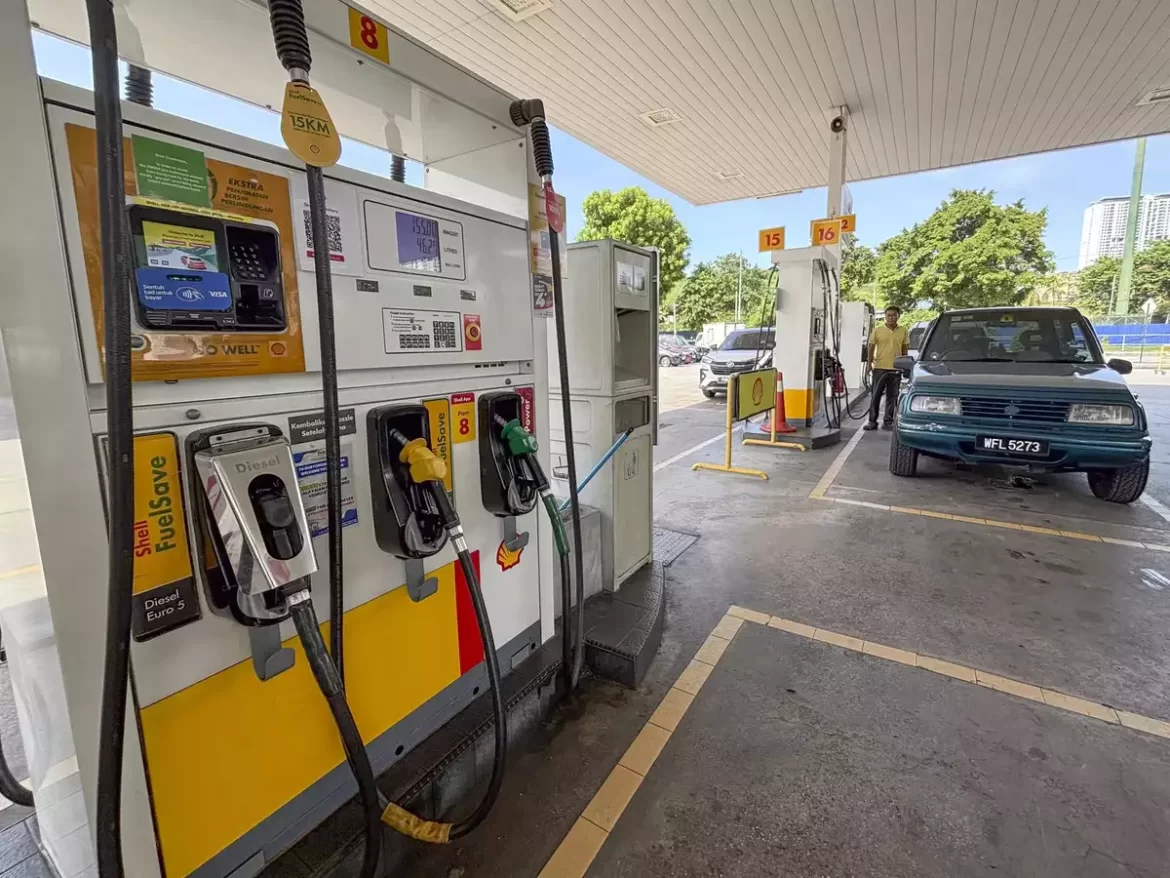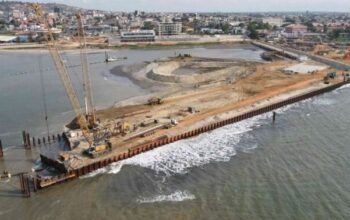In the second quarter of 2024, Angola imported 1.1 million metric tons of fuel valued at $689 million, reflecting an 8% decline from the previous quarter, according to official data.
The Regulatory Institute for Petroleum Derivatives (IRDP) reported that 59.4% of the total volume was diesel, 22.2% gasoline, 12.3% fuel oil, 3.8% Jet-A1, 1.2% asphalt bitumen, and the remainder illuminating oil.
The origin of these fuel acquisitions was 35.4% from the Luanda Refinery, 0.8% from Cabgoc-Toping de Cabinda, and 63.8% from imports. Angola’s onshore storage capacity for liquid fuels was 675,968 cubic meters during this period.
By the end of the quarter, Angola had 1,168 service stations across its 18 provinces, with 896 operational. The majority were operated by state-owned Sonangol, followed by Pumangol, Sonangalp, Total Energies, and others.
The total sales volume across retail, consumption, and bunkering segments reached approximately 1.2 million metric tons, marking a 3% increase from the previous quarter.
In terms of gaseous fuels, about 137,000 metric tons of cooking gas entered the domestic market in April, May, and June.
Of this, 58.3% came from the Angola LNG Factory, 33.4% from Sanha, 6.1% from the Luanda Refinery, and 2.2% from Topping de Cabinda.
The lubricants segment recorded around 9.5 thousand metric tons sold domestically, representing a 19% increase compared to the first quarter of 2024.
![]()




